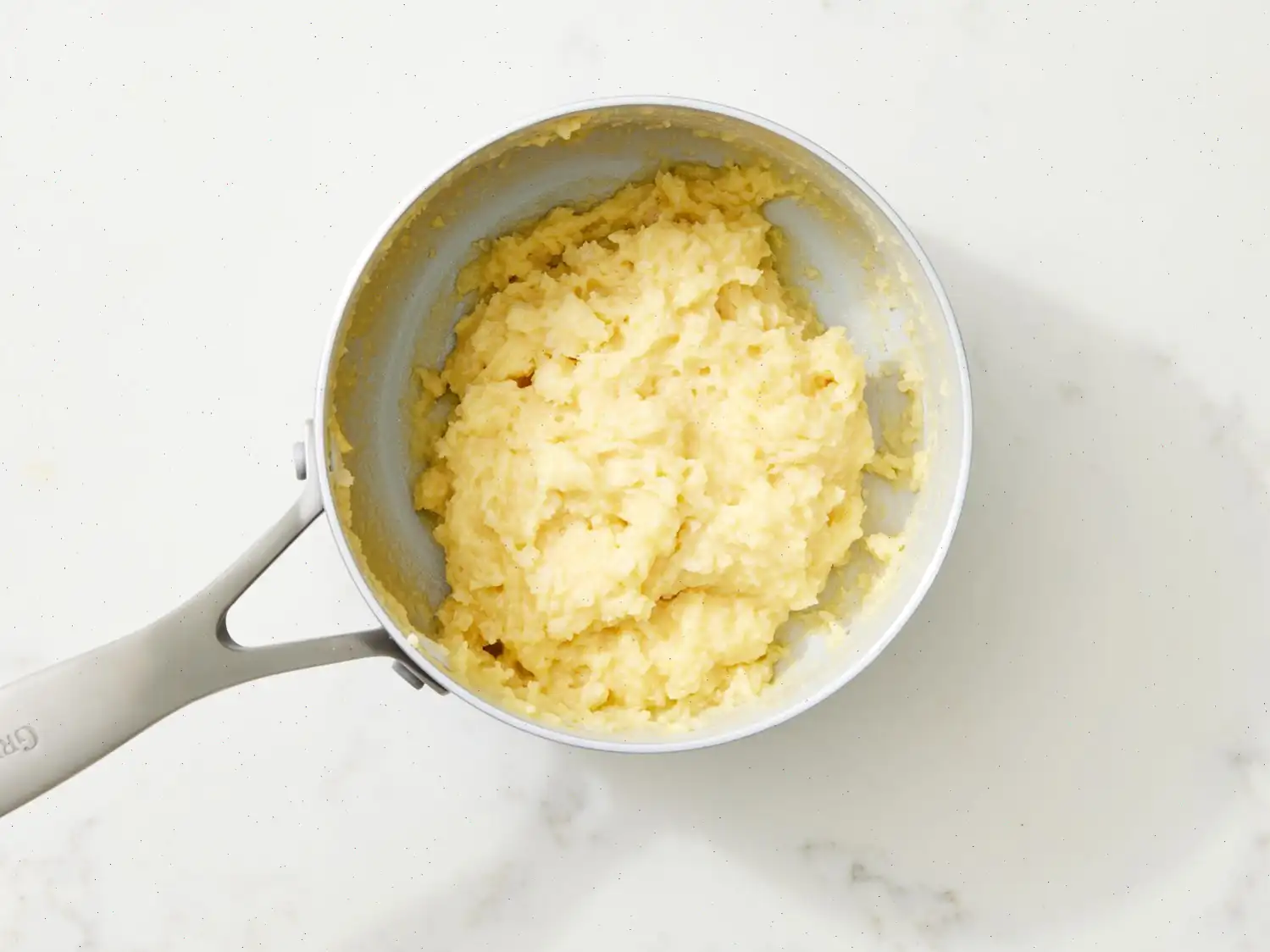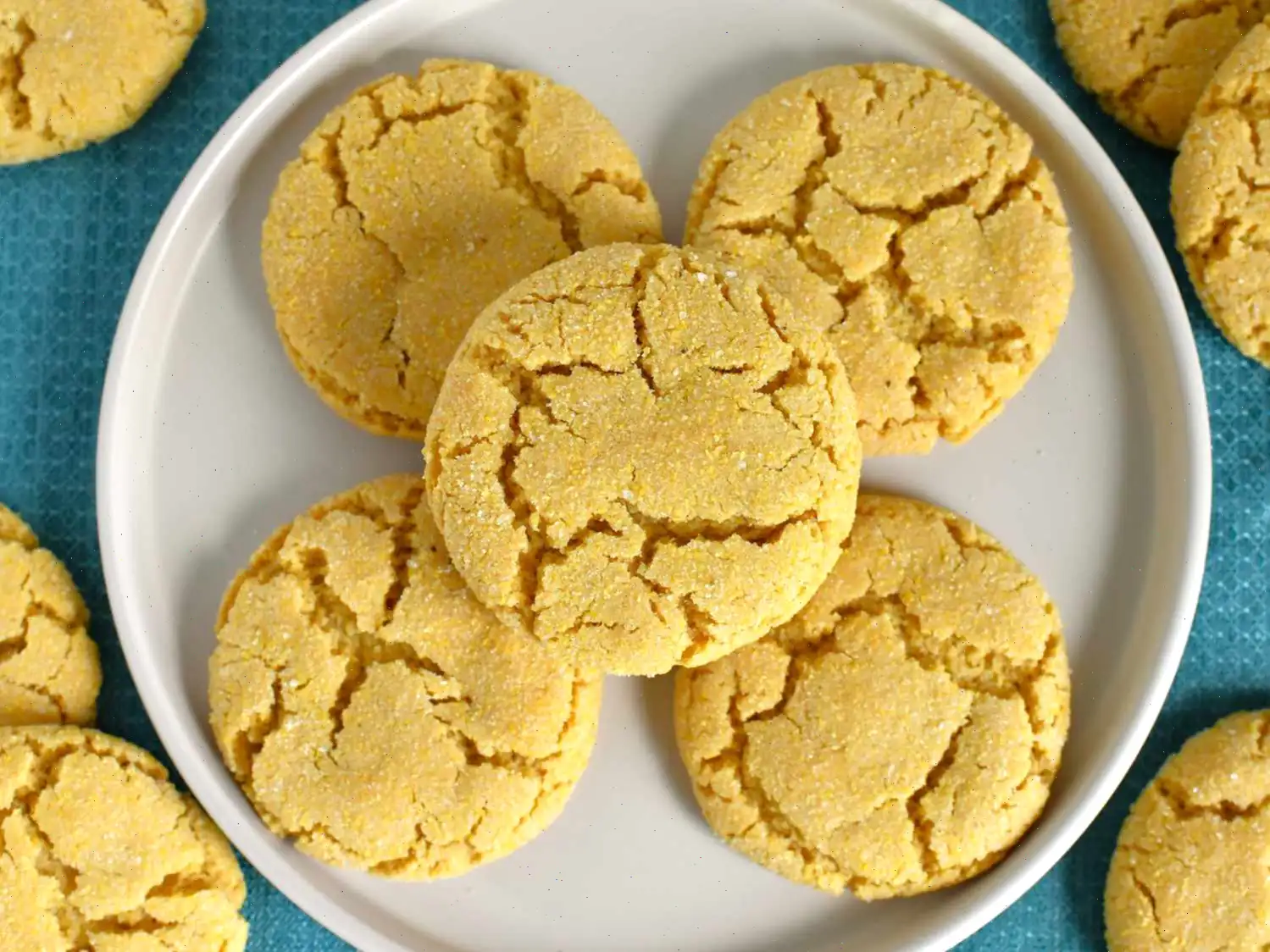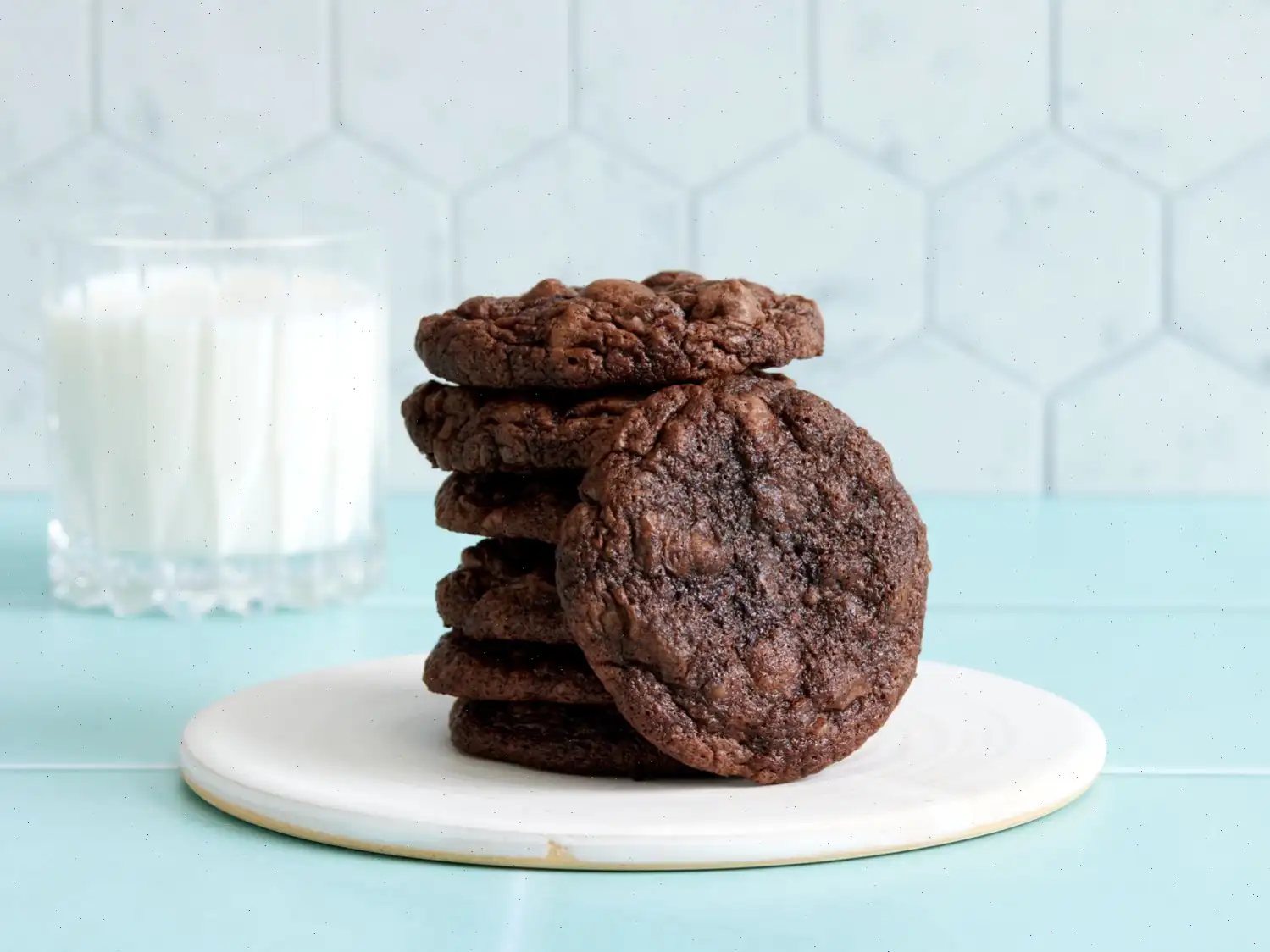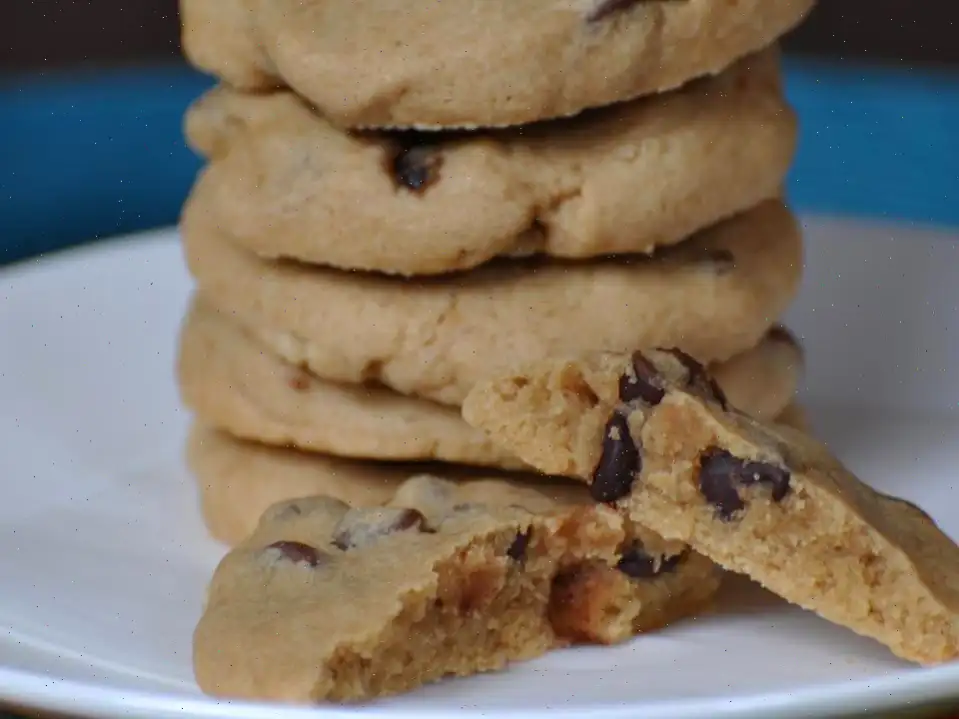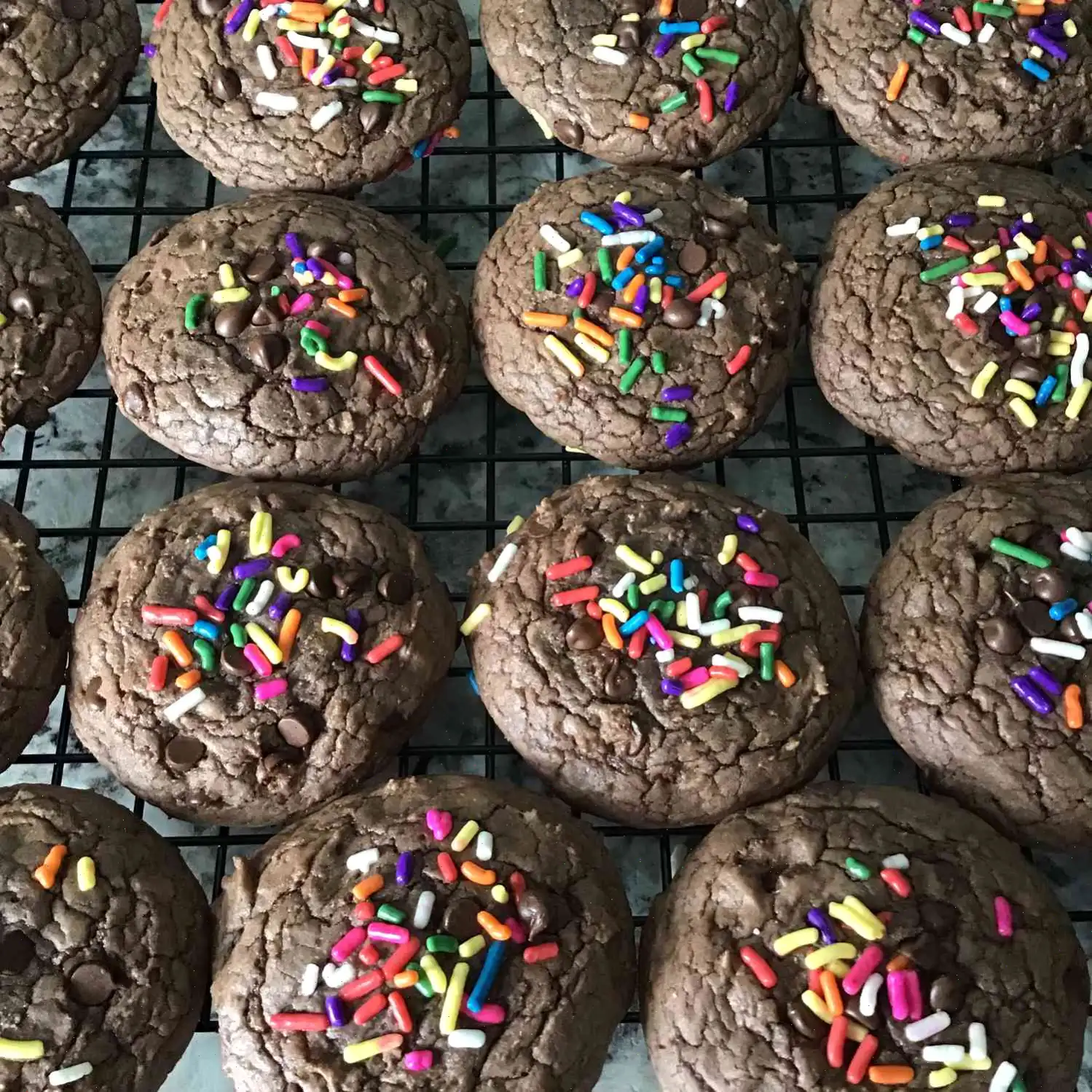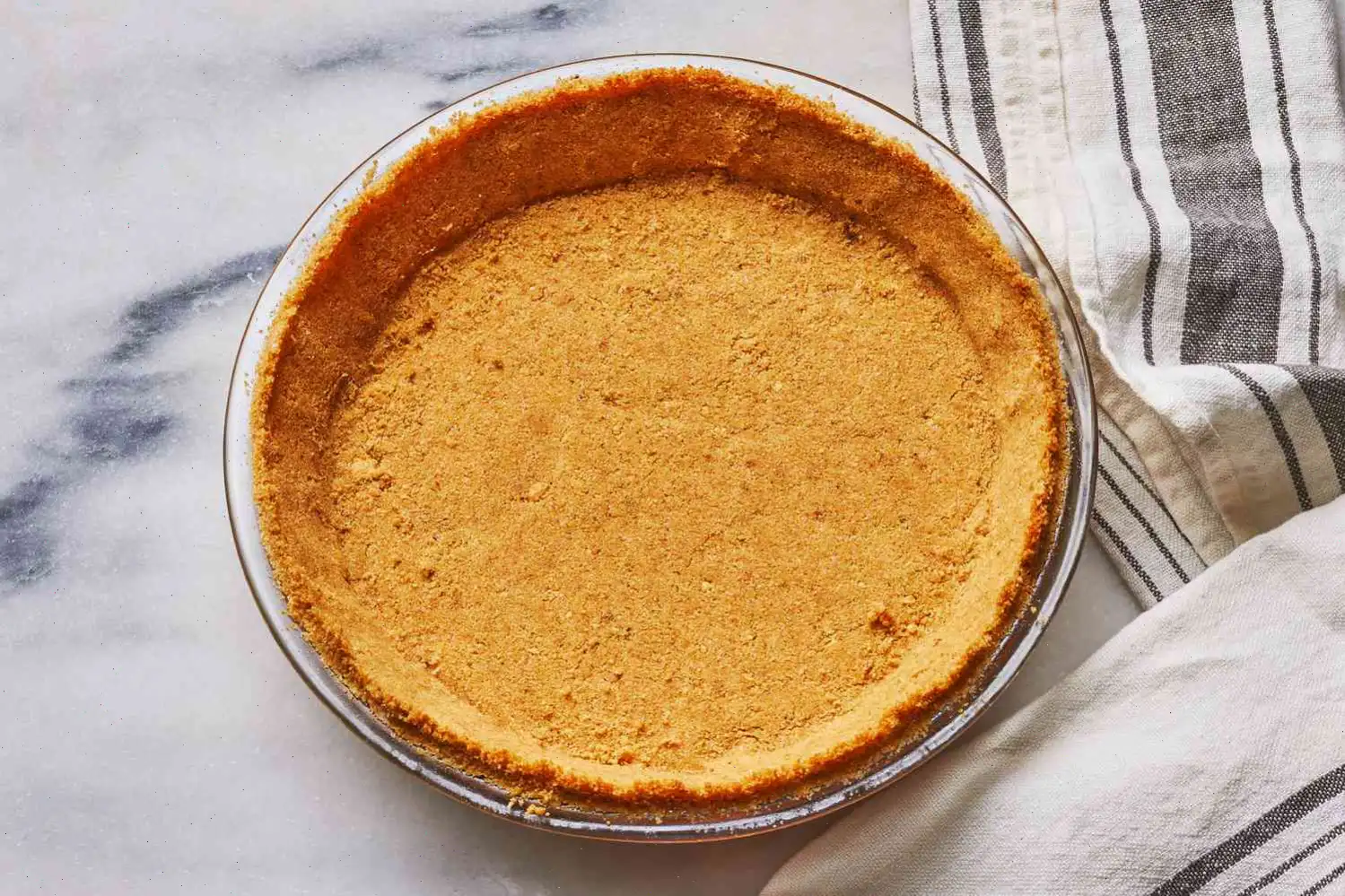
German Anise Christmas Cookies (Springerle) Recipe
Recipe Tip: If you are using a springerle rolling pin to emboss the cookies, allow them to air dry for 24 hours before baking. This will help them maintain their shape. After the drying period, lightly moisten the backs of the cookies to ensure they bake evenly. The drying process may cause uneven moisture distribution, which could lead to uneven rising. By pressing the cookies onto a damp cloth, the bottoms will be evenly moistened, resulting in uniformly risen springerle cookies.
Ingredients:
- 4 cups all-purpose flour
- 1 teaspoon baking powder
- 4 eggs
- 1 pound confectioners' sugar
- 1 tablespoon lemon zest
- 1 tablespoon ground anise seed
- 1 tablespoon crushed anise seed
Directions:
- Sift the flour and baking powder together, then set the mixture aside.
- In a large bowl, beat the eggs and sugar together until the mixture becomes thick and light in color.
- Stir in the lemon zest and ground anise seed to the egg and sugar mixture.
- Gradually add the sifted flour mixture and mix until fully incorporated.
- Cover the dough and chill it in the refrigerator for about one hour.
- After chilling, lightly flour your work surface and roll the dough out to a thickness of inch.
- If using a springerle rolling pin, gently roll it over the dough to imprint the design. Alternatively, you can cut the dough into any desired shape.
- Place the shaped cookies on baking sheets, leaving about inch of space between each one. Sprinkle the tops with crushed anise seeds.
- Leave the cookies uncovered and let them air dry overnight to set the shape.
- The next day, preheat your oven to 350F (175C) and bake the cookies for 25 to 30 minutes.
Nutrition Facts (per serving):
- Calories: 115
- Total Fat: 1g (1% DV)
- Saturated Fat: 0g (1% DV)
- Cholesterol: 21mg (7% DV)
- Sodium: 22mg (1% DV)
- Total Carbohydrate: 25g (9% DV)
- Dietary Fiber: 1g (2% DV)
- Total Sugars: 12g
- Protein: 2g (5% DV)
- Vitamin C: 0mg (0% DV)
- Calcium: 16mg (1% DV)
- Iron: 1mg (6% DV)
- Potassium: 30mg (1% DV)
*Percent Daily Values are based on a 2,000-calorie diet. Your daily values may be higher or lower depending on your calorie needs.
**Nutrient information is based on available data. Please consult a doctor or registered dietitian if you follow a medically restrictive diet.
German Anise Christmas Cookies, also known as Springerle, are a beloved holiday treat that has stood the test of time. These intricate, crisp cookies are a staple of German Christmas traditions, often found on festive tables in many households during the holiday season. Their unique flavor, characterized by the aniseed, and their beautiful embossed designs, make them a favorite among those with a penchant for both history and taste.
History of Springerle
The origins of Springerle trace back to the region of Swabia in southern Germany. These cookies date back as far as the 14th century, with some historians suggesting they were first created in monasteries. It is believed that the intricate embossed patterns on Springerle were created to convey religious symbols or tell stories, often used as a form of edible art. The word "Springerle" itself is derived from the German word "springen," meaning "to jump," likely referring to the way the cookies puff up during baking. Traditionally, Springerle were made for special occasions such as Christmas, weddings, and other celebrations, and have continued to be an integral part of German festive traditions.
Regional Variations and Traditions
Springerle are most commonly associated with the southwestern region of Germany, particularly Swabia, though their popularity has spread to other parts of Europe and even beyond. In some areas, they are baked with a specific type of rolling pin that has deep carvings, allowing bakers to create highly detailed designs on the dough. The cookies are typically flavored with anise, but other variations, including adding lemon zest or other spices, can be found depending on the region or family tradition. One of the most notable traditions is the drying period: after the cookies are cut or embossed, they are left to air dry for up to 24 hours, ensuring the designs hold their shape while baking.
Differences from Similar Cookies
While Springerle cookies share similarities with other European holiday cookies, such as Italian ricciarelli or Dutch speculaas, they stand apart due to their unique texture and flavor. The dough used for Springerle is quite stiff and can be challenging to work with, which gives the cookies their signature crispness. Unlike many other cookies, which have a softer, chewier texture, Springerle are almost like a delicate cracker, making them ideal for dunking in hot beverages like tea or coffee. The inclusion of aniseed also sets Springerle apart from other holiday treats, providing a distinct licorice-like flavor.
Where Springerle are Typically Served
Springerle are most often served during the Christmas season, particularly in German-speaking countries. They are a festive treat that adorns holiday tables and are enjoyed alongside other traditional sweets such as Stollen or Lebkuchen. The cookies are also often gifted during the holidays, wrapped in decorative boxes or tins as a sign of goodwill. Due to their elegant appearance and historical significance, Springerle are sometimes served at cultural events or even given as part of wedding celebrations. In some families, they have become a tradition passed down through generations, with each new batch a reminder of family bonds and holiday cheer.
Fun Facts about Springerle
- The dough for Springerle is so stiff that it requires significant effort to roll and cut. Many bakers still use a traditional Springerle rolling pin, which has deep carvings that imprint the dough with intricate designs.
- Springerle cookies can be kept for a long time, sometimes even up to a year, as they become harder and more flavorful with age. This made them a practical treat to bake in advance for the holiday season.
- In Swabia, the recipe for Springerle is considered a point of pride. The cookies are often seen as a symbol of a skilled baker, and its common for families to have their own variation of the recipe passed down through generations.
- Traditionally, Springerle were sometimes used as an educational tool, with bakers creating cookies that depicted Bible stories or moral lessons, which children could learn about while enjoying the treat.
FAQ about German Anise Christmas Cookies (Springerle) Recipe
Comments
David Jones
04/08/2024 03:50:27 AM
This recipe turned out to be a crumbly disaster. Despite following it exactly, I ended up needing to add 3/4 cup of butter just to achieve a dough that was workable for rolling out. I will definitely be looking for a different recipe next time.
Gary Williams
04/17/2024 09:18:11 AM
This recipe was extremely dry and difficult to work with. Even after adding extra water, it was a struggle to knead and roll out the dough. The resulting cookies lacked flavor and sweetness, and the addition of lemon rind was a poor choice. I've made anise tea cookies in the past, but this recipe was disappointing and deserves a one-star rating.



